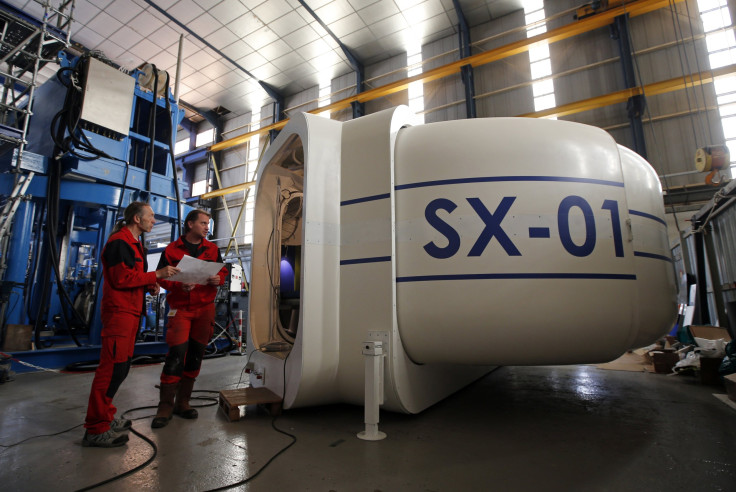Transformers in space! Scientists develop self-building habitats for off-Earth landings

A new project called “Self-deployable Habitat for Extreme Environments,” or SHEE, is envisioned to develop structures capable to build itself without the aid of human hands. The project is expected to help astronauts reduce human labour in building structures on the surface of Mars or the moon.
The SHEE habitat is currently under development after the construction phase of its prototype, conducted at the University of Tartu in Estonia. Developers and experts considered that it will be very risky, complex and costly to construct a habitat on off-Earth surfaces, which gave the idea of using automation or robot components for new construction methods.
The SHEE habitat is designed with inflatable, rigid and robotic components, divided into five major functional areas. The self-deploying habitat is composed of entrance ports, work areas, private crew quarters, a kitchen and a toilet.
Ondrej Doule, an architect who initiated the SHEE project, has presented the concept on Aug. 31 at the American Institute of Aeronautics and Astronautics, or AIAA. The AIAA Space 2015 meeting focused on developing space habitats.
The interior of the SHEE can be custom-furnished base on specific research needs. Aside from the idea of it being used on alien worlds, the habitat could also be useful on Earth, Doule said.
The habitat could be used in areas affected by human-made or natural disasters, helpful with its rapid self-deployable capability, partial subsystem autonomy and effective packing. SHEE could provide people with long-term accommodation at any place, without requiring immediate connection to any infrastructure, the Space.com reported.
The developers are currently optimising the system of the SHEE prototype before its first use and transport, Doule told Space.com. After integrations, "no-humans-in-the-loop tests and operations" will be performed to verify the capability of the SHEE to operate for up to 14 days in an extreme environment, he added.
The tests are set to be performed at the International Space University in France. The developers also plan to create procedural instructions, or the user manual that will ensure safety and system lifetime of the SHEE habitat.
Doule said that the first SHEE mission will be in an off-Earth analogue setting in Spain, where the habitat will serve as a base for human-robotic interaction tests. "This is the place where the SHEE gets dirty for the first time, and we will discover its capacity to work in dusty environments with its inflatable seals."
However, the developers are still facing challenges for the SHEE project. There will be difficulties in developing the endurance of the structure, and the affordability of the system's folding mechanisms is “yet to be discovered," Doule said.
Contact the writer at feedback@ibtimes.com.au or tell us what you think below






